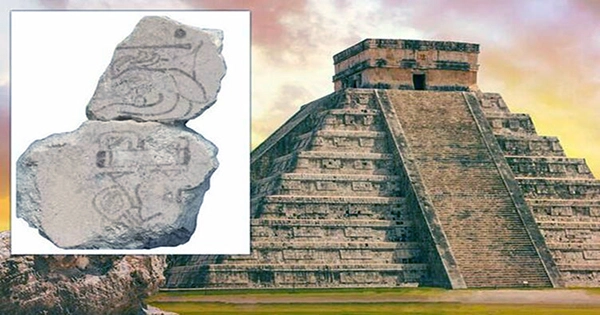A painting dating back over 2,220 years demonstrates that the Maya calendar is older than previously thought. The discovery suggests that other components of Maya society began at least 150 years earlier than previously thought. When (false) rumors spread throughout the world that the Maya calendar foretold planetary collapse in the year we know as 2012, the Maya calendar had a short moment of worldwide renown. After that year passed with nothing more than a genuinely dreadful disaster picture to show for it, curiosity faded, but some could argue that current events indicate the Maya were just a few years ahead of schedule.
The calendar’s significance, however, is overstated, as it was part of the development of the only deciphered writing system indigenous to the Americas, as well as very advanced mathematics. As a result, anthropologists are fascinated by its beginnings. Excavation of the Las Pinturas pyramid complex, as reported in Science Advances, shows that events happened by the third century BC on the Christian calendar. Some of the most notable preclassical Maya paintings may be seen at Las Pinturas in San Bartolo, Guatemala. The most well-known section, which describes Maya origin myths, dates from around 100 BCE. The pyramids, on the other hand, were erected in seven phases, and the foundations were only discovered in 2002.
Archaeologists discovered much earlier art there, dating it between 300 and 200 BCE based on radiocarbon dating and hieroglyphic style. A deer head with the Maya number 7 painted above it is one among the things painted on the walls of the pyramid’s foundations. Professor David Stuart of the University of Texas at Austin and co-authors remark, “Its shape implies that it is a date record in the Mesoamerican 260-day calendar,’7 Deer.” “It looks to be in an early position here, either as part of a caption for an accompanying scene or a now-lost human figure.”
A 260-day calendar, made up of 13 cycles of 20 days, may seem strange to outsiders, yet it was utilized across Central America in ancient times. Because the calendar was so firmly ingrained in the culture, it has survived five centuries of colonization and cultural suppression to be utilized by some Indigenous peoples today. Each day of a cycle was associated with an animal or item, with the association of 7 with a deer (‘Manik’ in Maya) lasting millennia.
Manik’, on the other hand, might be a “year bearer,” indicating a certain year in a 52-year cycle. The authors believe the 7 Manik’ sign, whether it represents a day or a year, is the earliest surviving depiction of the Maya calendar, which dates back 150 years before a plethora of inscriptions occurred in Maya and Zapotec civilization.
A few older examples have been reported, some dating back as far as 400 years before the Las Pinturas symbol, however the authors of this research doubt either the date or the interpretations of those symbols as calendar related. The deer from Las Pinturas, on the other hand, shows that the calendar was already established by the time it was painted. According to the article, the mural pieces “show a strong scribal legacy with numerous hands and styles of writing that reflect a local community of scribes.” As a result, the calendar’s antiquity and resiliency are demonstrated.















